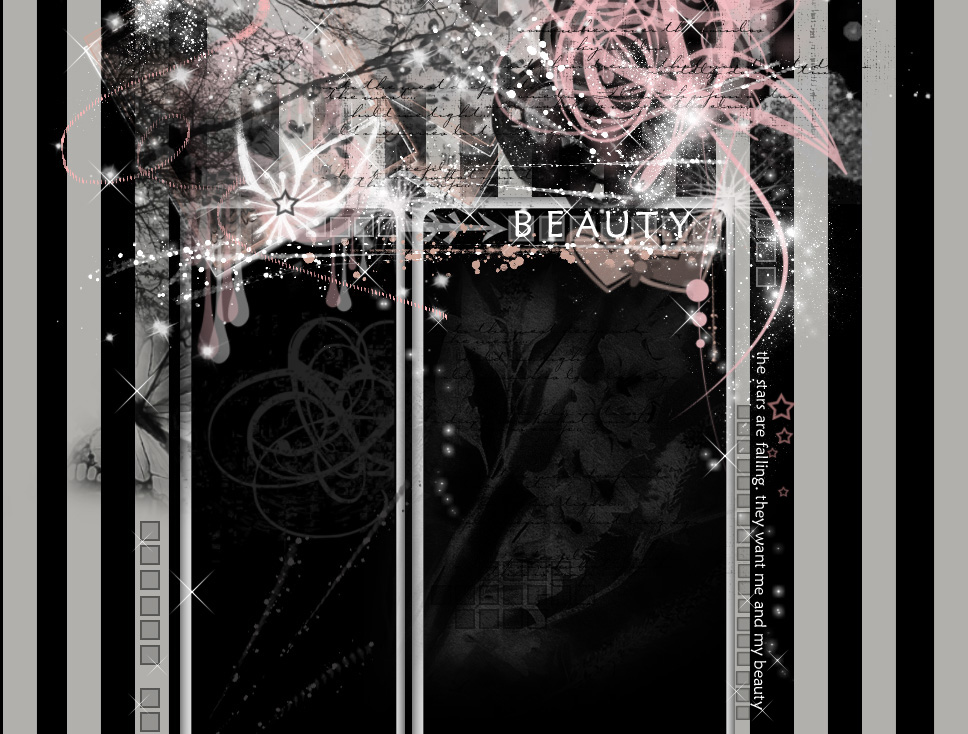

Hi there, people of the earth!!! On this site, you will find a weird but wonderful collection of FUN Physics. Physics is often regarded as the "Dreaded Subject". The stereotypical view of a physicist is one standing by a borad filled with crazy symbols and numbers. This site are meant to show the other side of physics.....both interesting and funny. Cool!!
Hi! My beautiful name is Ellaine G. Dela Cruz. I'm one of the student of the star section, DARWIN! Yehey. Clap clap clap. By the way, I like listening to music, watching tv, surfing the net, sleeping and last but not the least, eating! Yehey. I don't like making a lot of assignments(btw, who likes it?)
If you want to know me better, here are my contact details:
Cel #: 09283630179
YM:ellaine_delacruz2000
Friendster:azmaria999@yahoo.com
Trisha Garrido
Keesha Morante
Camae Celis
Jana Tendencia
Sherly-Mae Bilasa









ellaine dela cruz;
ellaine dela cruz;
ellaine dela cruz;
ellaine dela cruz;

ellaine dela cruz;

ellaine dela cruz;
ellaine dela cruz;